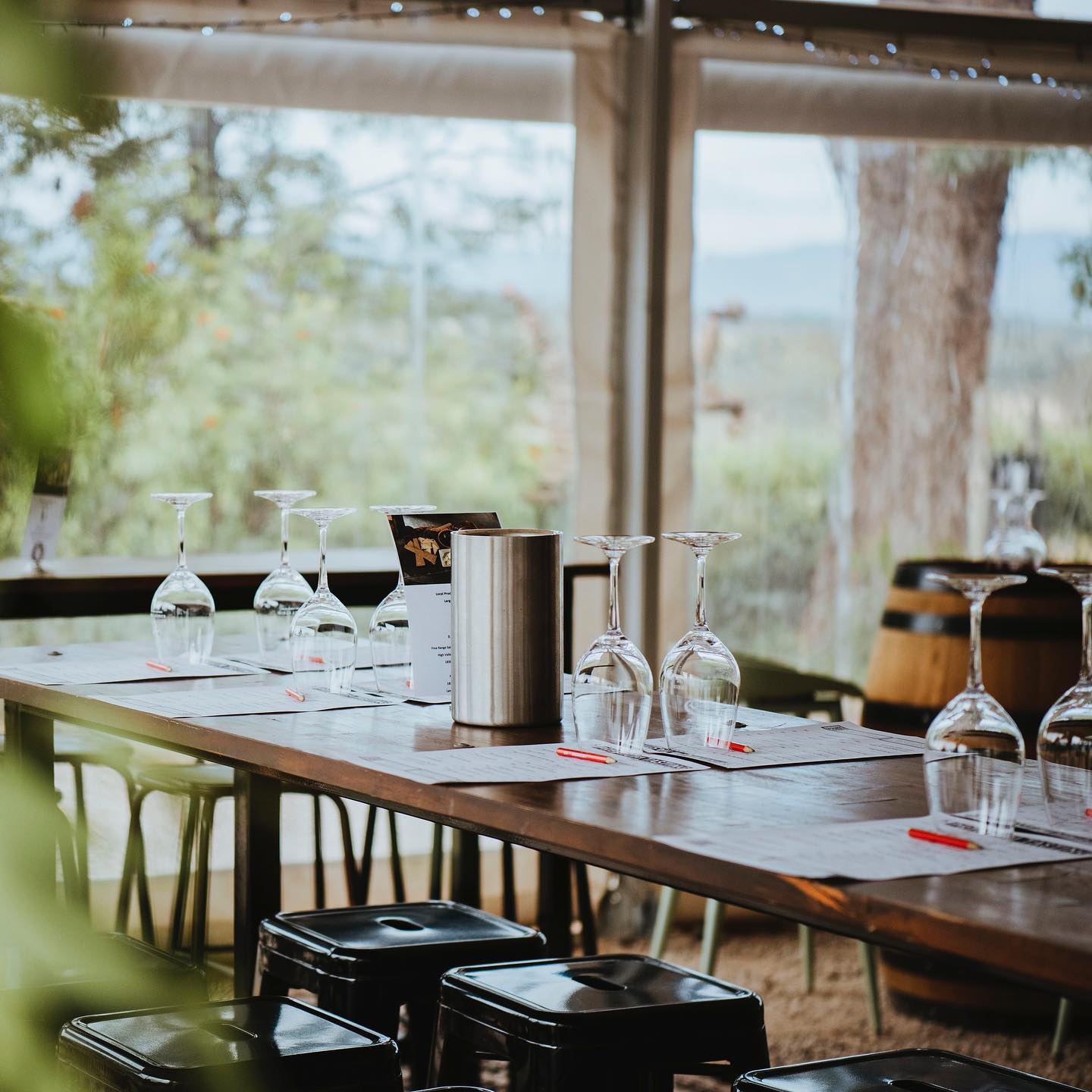Robert Stein Riesling – a summer go-to

As the Australian daytimes get longer and the summer storms begin to roll in, most of us tend to eschew the bigger reds and instead reach for something cool and white for a pre-dinner tipple. And we’ve plenty of varietals to choose from with high quality chardonnay, sauvignon blanc and pinot gris being made by our domestic producers that sell at price points that would make consumers of old world wines green with envy. But if there is one style of white that seems to be pulling ahead of the pack in terms of quality, value and popularity, I reckon that it has to be riesling.
The first commercial plantings of riesling in Australia are thought to date back to 1838 at a site near Penrith in New South Wales; so, it’s a grape with a long history in our Sunburnt Land. Such has been the popularity of our riesling wines that Australia is thought to have the second largest amount of area under these vines – over 3200 hectares – making us only second to Germany for total plantings. While it’s the Eden Valley and Clare that are responsible for about one-third of our total riesling crop, there are any number of districts making exceptional riesling. Think Great Southern in Western Australia, Tamar Valley in Tasmania, Henty near Canberra or Orange district in New South Wales; all outstanding producers of riesling that are every bit the equal of those coming from Alsace, Pfalz and Rheingau.
Over in the Central Ranges Zone in New South Wales lies the Mudgee wine region – a largely forgotten district, but one that has been growing fruit for winemaking since 1858. Despite shiraz being the most recognised player for the locals, many good judges think that riesling is actually the star of the side. I think it’s probably the purity and freshness of the style that makes it so appealing. It might be a challenging grape in the vineyard, but the rewards more than justify the viticultural frustration.
Robert Stein has long been regarded as one of Australia’s premier riesling makers and the winery is arguably the leading Mudgee producer. These days, it’s third generation winemaker Jacob Stein who continues the family tradition focussing on quality of fruit in the vineyard – reducing the need for intervention in the winery. The family’s riesling has been extraordinarily successful on the wine show scene collecting more than 50 trophies and 70 gold medals over the last decade. Pretty impressive stuff!
The 2022 Robert Stein Dry Riesling has also been widely acclaimed already having won a couple of gold medals in local wine shows. Made from fruit grown on the estate’s 1976 Stein block, it’s an extremely dry style that oozes lime zest, lemon and green citrus across the palate and finishes with a racy minerality that highlights the freshness of the lively fruit. I love the fisticuffs between lime and quartz-like minerality through the middle and the sherbet edges that emerge as a by-product. It sells at $40 at the cellar door and is well worth the investment. Absolutely perfect as a side hustle for Mooloolaba King prawns or Coffin Bay oysters!
If the cheek sucking dry style of riesling isn’t quite your thing, the Robert Stein Half Dry Riesling ($50) might fill the bill just nicely. Made from fruit from the elevated Angullong vineyard near Orange, the half-dry version of the Stein classic is all about texture. There’s ample natural acidity to balance the residual sugar that softens the fruit and caresses your taste buds – just as hints of citrus blossom join the zesty lime characters through the middle. There’s a little less zip on the finish, but great balance to a wine that is perfect for pairing with spicy Asian cuisine or just enjoying on its own.
It’s not hard to see why Robert Stein wines have forged a reputation as one of our leading Australian riesling producers; and their wines epitomise the allure of riesling and its magnetic appeal to Australian wine consumers.